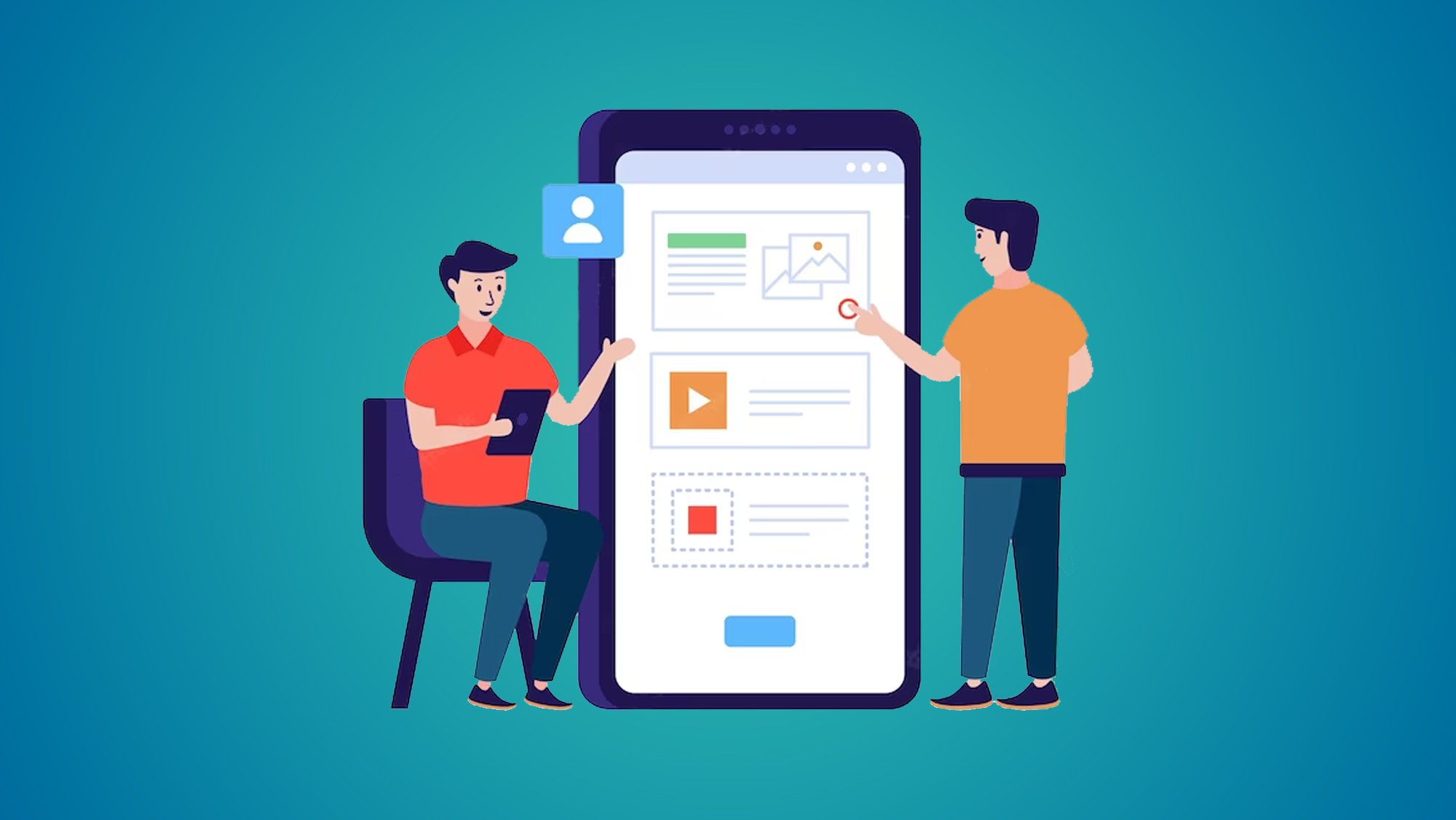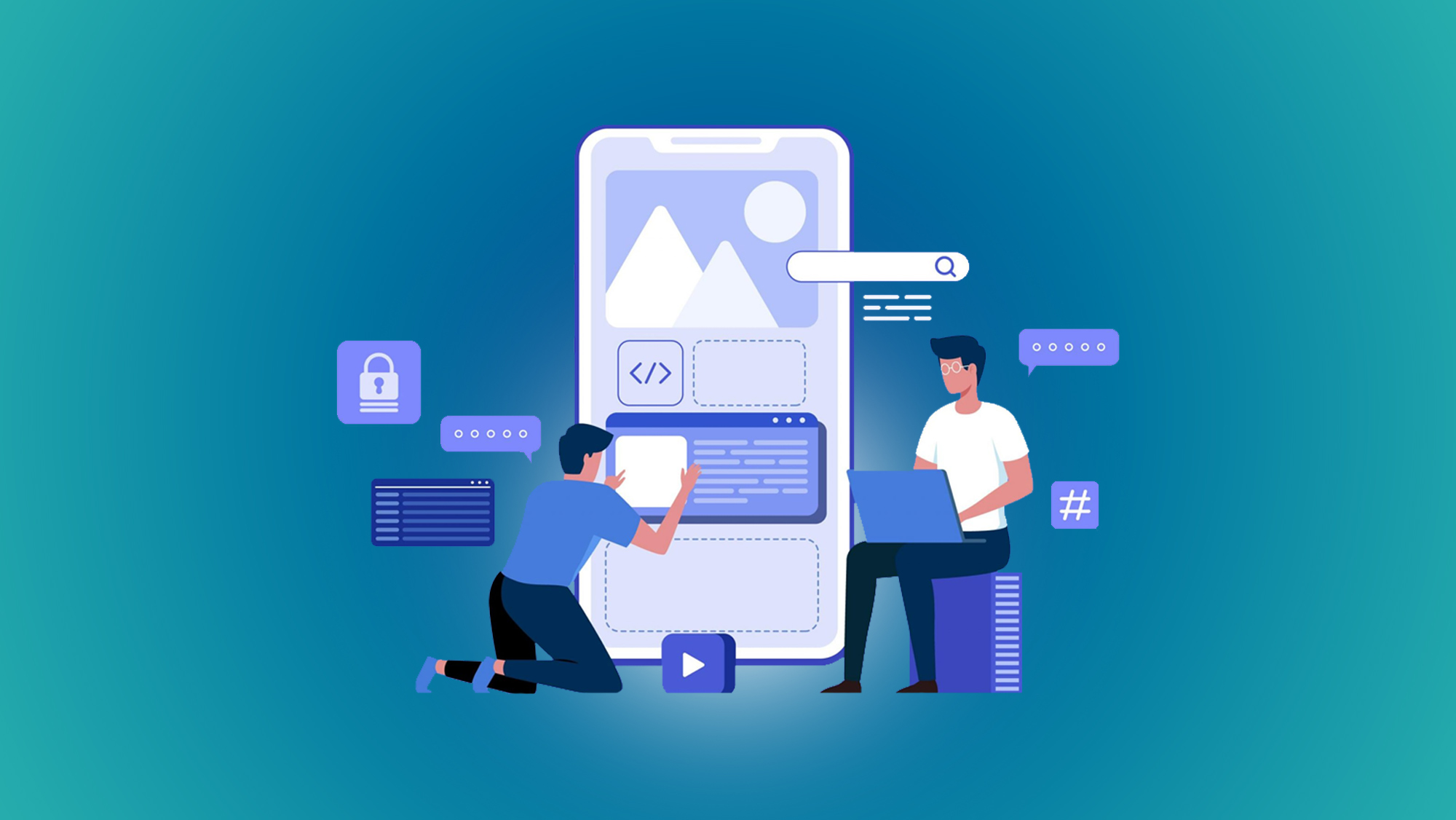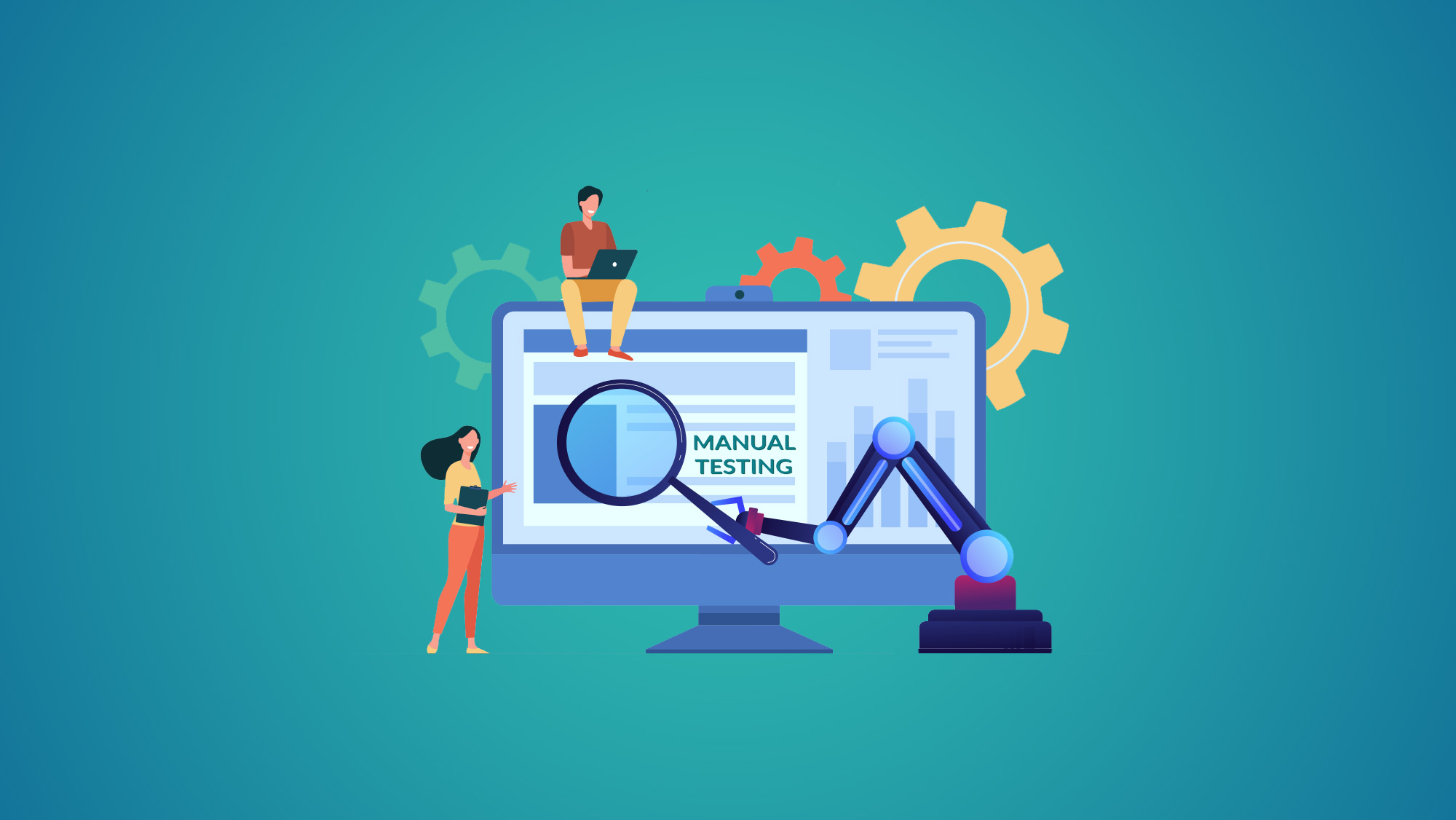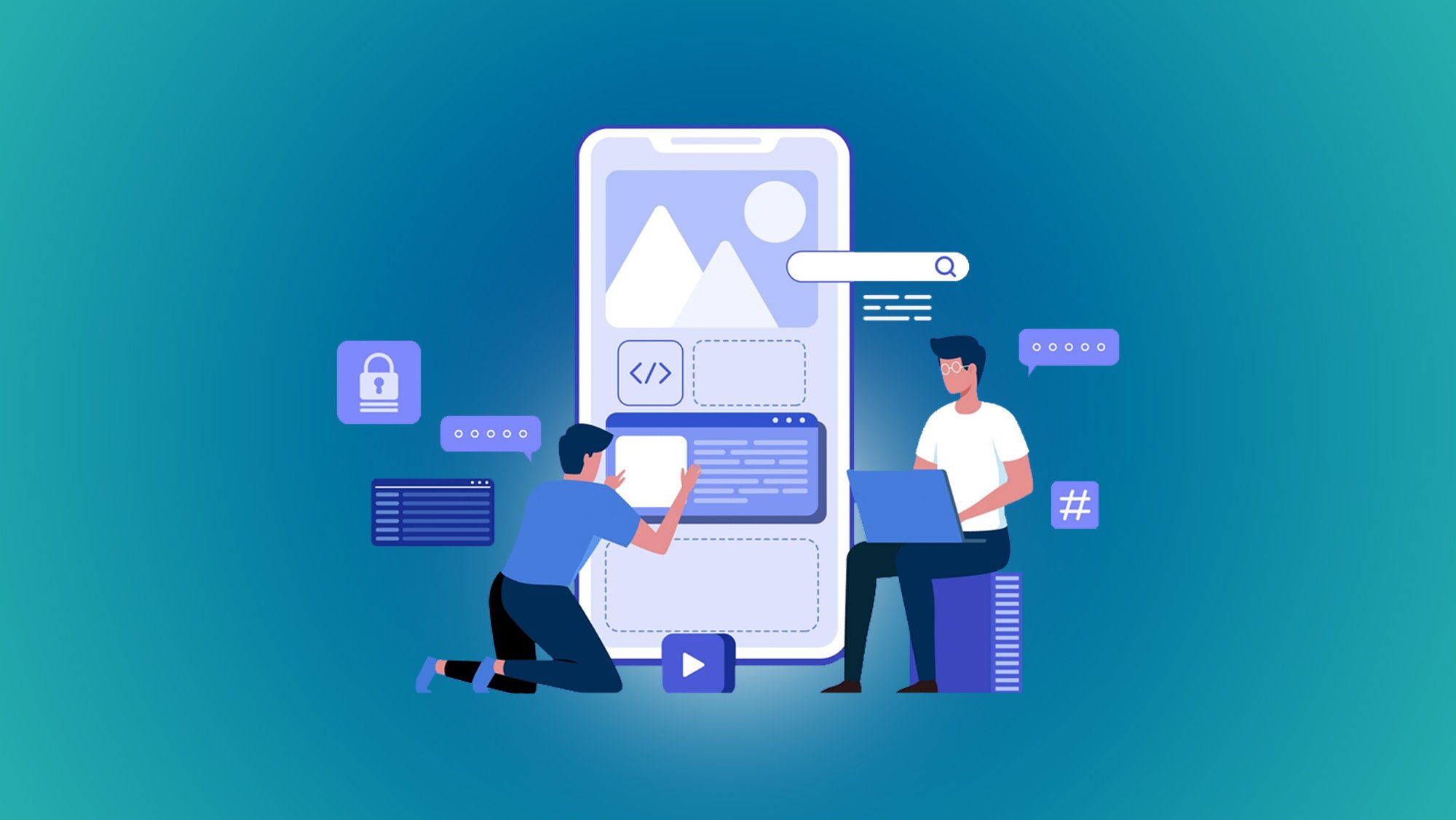The Art of Bug Hunting: Mobile Testing Strategies for App Perfection
Introduction:
In the digital age, mobile applications have transformed the way we interact with technology and access essential services. From banking to social media, the prevalence of mobile apps has revolutionized our daily lives. However, the path from concept to a flawless app is fraught with challenges, and one of the most formidable adversaries in this journey is the elusive bug.
Bugs, glitches, and unexpected errors can turn a seamless user experience into a frustrating ordeal, impacting user satisfaction, brand reputation, and even financial success. To combat this, mobile testing emerges as a fundamental aspect of the app development process. At its core lies the art of bug hunting – a strategic and systematic approach to identifying and eliminating these glitches for app perfection.
The Significance of Bug-Free Apps:
In an era where users have an abundance of choices and little tolerance for poor app performance, the significance of delivering bug-free apps cannot be overstated. A single bug, no matter how seemingly insignificant, can cause a cascade of negative effects. From user dissatisfaction and negative reviews to app abandonment and revenue loss, the consequences of bugs can be far-reaching.
Ensuring a bug-free app is not merely a luxury; it's a necessity. Users expect apps to function seamlessly, and developers must rise to meet these expectations. This is where the art of bug hunting comes into play – a multi-faceted approach that encompasses various testing strategies to eliminate bugs and ensure app perfection.
Understanding Mobile Testing Strategies:
Mobile testing strategies are a set of systematic approaches aimed at identifying and addressing potential issues within a mobile application. These strategies encompass a range of testing methodologies designed to scrutinize every aspect of an app's functionality, usability, performance, security, and compatibility. The objective is to uncover bugs before they reach the end-users, ensuring a smooth and delightful app experience.
Key Mobile Testing Strategies:
- Functional Testing: This strategy involves evaluating each function and feature of the app to ensure they operate as intended. Testers simulate real-world user interactions to identify logical and functional inconsistencies.
- Usability Testing: Usability testing focuses on the user experience, assessing how intuitive the app is to navigate, how user-friendly the interfaces are, and whether the app meets the needs of its target audience.
- Performance Testing: Performance testing evaluates the responsiveness, speed, and stability of the app under various conditions. This strategy helps identify potential crashes, slowdowns, or resource issues that could impact user satisfaction.
- Compatibility Testing: Given the diverse landscape of mobile devices, compatibility testing ensures that the app functions seamlessly across various devices, screen sizes, operating systems, and network conditions.
- Security Testing: Security testing is vital in today's connected world. Testers assess the app for vulnerabilities that could compromise user data or lead to security breaches, safeguarding both user privacy and the app's reputation.
- Automation Testing: Automation testing involves using specialized tools to automate repetitive test scenarios, ensuring comprehensive testing coverage and quicker bug detection. This strategy accelerates the testing process and enhances overall efficiency.
- Exploratory Testing: Unlike scripted tests, exploratory testing encourages testers to creatively interact with the app, simulating real-world user behavior to uncover unexpected bugs and issues.
- Regression Testing: As apps evolve through updates and enhancements, regression testing ensures that new changes don't introduce new bugs or inadvertently revive old ones.
Crafting an Effective Bug-Hunting Approach:
- Prioritization: Not all bugs are created equal. Prioritize based on severity, impact on user experience, and potential business repercussions.
- Reproducibility: Bugs need to be reproducible. A bug that can be consistently recreated is easier for developers to understand and fix.
- Clear Documentation: Comprehensive bug reports are essential. Include steps to reproduce, screenshots or videos, device information, and any relevant log files. Clear documentation streamlines the bug-fixing process.
- Effective Communication: Bug hunting is a collaborative effort between testers, developers, and stakeholders. Effective communication ensures everyone is on the same page regarding issues, fixes, and updates.
- Continuous Testing: Rather than saving testing until the end of the development cycle, integrate testing throughout the process. Early testing helps identify and address bugs at the outset, preventing them from snowballing into larger issues.
Conclusion:
In the intricate landscape of mobile app development, the art of bug hunting emerges as a crucial discipline. It's not merely about spotting and reporting bugs; it's about ensuring a seamless and delightful user experience. By implementing diverse testing strategies, testers and developers work hand-in-hand to identify and eliminate glitches before they reach end-users. This collaboration contributes to the creation of apps that stand out for their quality, functionality, and user satisfaction.
The art of bug hunting is a dynamic journey, requiring adaptability to new tools, methodologies, and technologies. With every bug discovered and resolved, app developers move one step closer to the ultimate goal: app perfection. As the world becomes increasingly reliant on mobile technology, mastering the art of bug hunting becomes a cornerstone of delivering exceptional and memorable app experiences.
You May Also Like
These Related Stories

Everything You Need to Know About Mobile Testing Training

Mastering Mobile App Quality: A Guide to Mobile Testing Training




No Comments Yet
Let us know what you think